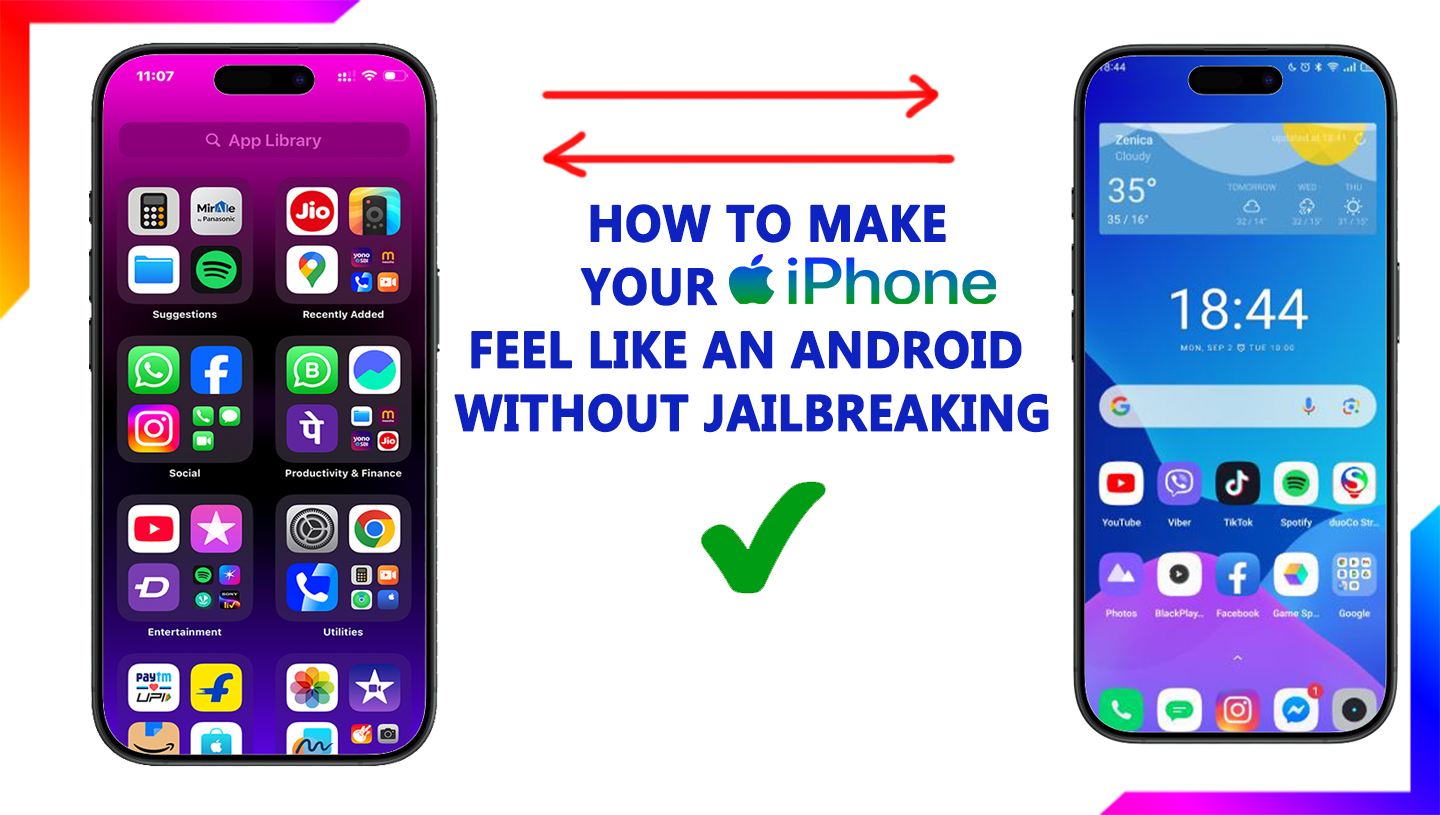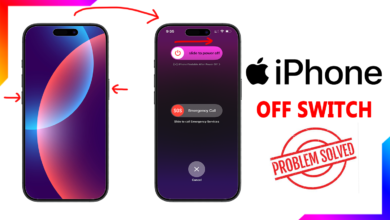How to Make Your iPhone Feel Like an Android Without Jailbreaking

If you’re an iPhone user who’s ever been curious about the Android experience, you’re not alone. Android devices are known for their customization, flexibility, and unique features, which can feel like a breath of fresh air compared to Apple’s more controlled ecosystem. The good news? You don’t have to switch phones or jailbreak your iPhone to get a taste of Android. With a few tweaks and apps, you can make your iPhone feel more like an Android device while still enjoying the benefits of iOS. Here’s how.

First, let’s talk about home screen customization. One of the hallmarks of Android is the ability to personalize your home screen with widgets, app icons, and layouts. While iOS has become more flexible in recent years, it still doesn’t offer the same level of freedom as Android. However, you can get close by using the Shortcuts app. With Shortcuts, you can create custom app icons that match your desired aesthetic. Simply download an icon pack (there are plenty of free ones online), create a shortcut for each app, and assign the new icon. You can even remove the default app icons from your home screen to make it look cleaner. Pair this with iOS widgets, and you’ll have a home screen that feels much more Android-like.
Next, consider exploring third-party apps that mimic Android functionality. For example, Google’s suite of apps—like Gmail, Google Photos, and Google Drive—can replace Apple’s default apps and give you a more Android-like experience. Google Assistant is another great option if you prefer it over Siri. You can download it from the App Store and set it up to respond to your voice commands. Additionally, apps like Microsoft Launcher or Action Launcher can’t fully replace the iOS home screen, but they can help you organize your apps and widgets in a way that feels more intuitive if you’re used to Android.
Another way to make your iPhone feel like an Android is to embrace cross-platform services. Android users often rely on Google services for everything from email to cloud storage, and you can do the same on your iPhone. Sync your Google account with your iPhone to access your contacts, calendar, and emails seamlessly. You can even set Chrome as your default browser and Google Maps as your go-to navigation app. These small changes can make your iPhone feel more aligned with the Android ecosystem.
If you’re missing Android’s notification system, iOS has made strides in this area, but it still doesn’t quite match Android’s level of control. To get closer, try organizing your notifications in the Notification Center by grouping them by app or using the “Summary” feature to prioritize important alerts. You can also enable notification badges and sounds for apps that matter most to you, giving you a more Android-like experience.
Finally, don’t overlook the power of settings adjustments. Android users often appreciate the ability to tweak their device’s behavior, and while iOS is more restrictive, there are still ways to customize your experience. For example, you can change your default email and browser apps in iOS settings, adjust your control center to include shortcuts you use frequently, and enable “Back Tap” to perform quick actions by tapping the back of your phone. These small changes can make your iPhone feel more personalized and Android-like.
In conclusion, you don’t need to jailbreak your iPhone or switch to an Android device to enjoy some of the best features of the platform. With a little creativity and the right apps, you can transform your iPhone into a device that feels more open, customizable, and Android-inspired. Whether it’s revamping your home screen, embracing Google’s ecosystem, or tweaking your settings, these steps can help you get the best of both worlds. So go ahead—experiment and make your iPhone truly your own!





